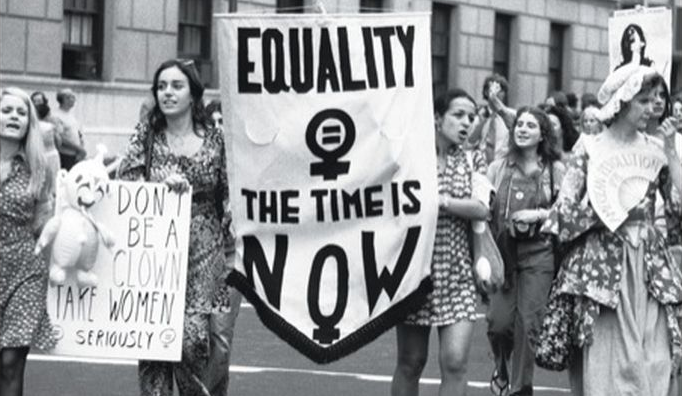Women’s Rights Throughout History
Even well into the 20th century, American women didn’t have the same rights as American men, although they were generally treated as humans with a level of respect.
But it wasn’t always a negative thing to have different rights. In the 1500’s, for example, many countries that were ruled by monarchs would allow a woman to rule without a husband but not a man without a wife. Queen Elizabeth I of England was great example of this. During her 41 year rule, she never married. Even though she was advised to, she never had to so she didn’t.
In 1776, Abigail Adams told her husband John to “Remember the Ladies.” She was talking about the Declaration of Independence that her husband helped to write and signed. What was written was “all men are created equal.” Most people know that “men” is a general term for mankind, but she may have been suggesting a better, more inclusive quote, like “all people are created equal.”
From 1820 to 1880, there was a series of small victories and achievements for the growing women’s suffrage movement. These included the opening of the first endowed school for girls (1821), Oberlin College becoming the first co-ed school in the United States (1833), and Mississippi passing the first Married Women’s Property Act (1839). The suffrage movement was interrupted slightly by the American Civil War when people turned their attention to “war work,” but after the war the movement continued. In 1874 the Women’s Christian Temperance Union (WCTU) was formed, which became an important force in the fight for women’s suffrage. In 1878 a Women’s Suffrage Amendment had finally reached Congress and was argued over for about 40 years.
From 1913 to 1920, Alice Paul, Lucy Burns, and their group of suffragettes, organized protests, hunger strikes, and other forms of civil disobedience to help get their point across. They wanted the right to vote and, on August 26, 1920, the Nineteenth Amendment was ratified and women earned that right.
In 1923 the National Women’s Party proposed an Equal Rights Amendment, to prevent gender based discrimination. It was never ratified.
Slowly but surely, American women have been gaining rights forbidden to them in the early days of the country. During WWII women had to work in factories while men were off fighting and, when the war was over, many women wanted to stay in the workforce and they were eventually able to. Currently men and women in the U.S. are mostly equal. Before complaining about the gaps that still exist, women should remember to be grateful for and encouraged by the progress that has been made and continue to build upon that progress.
